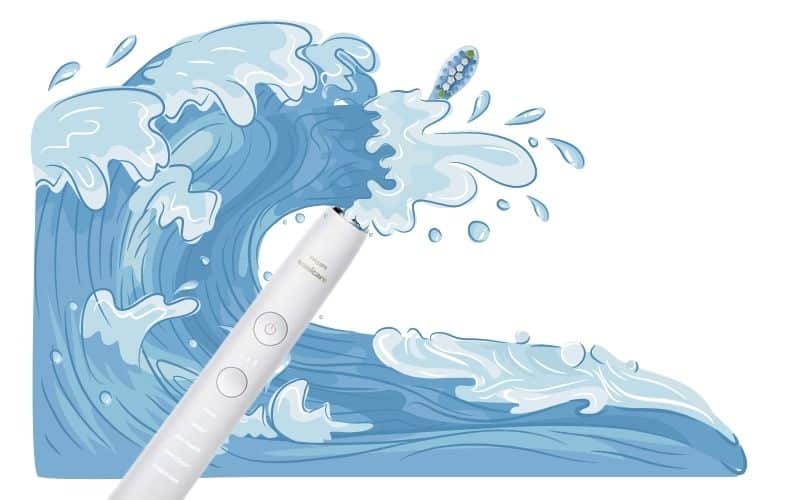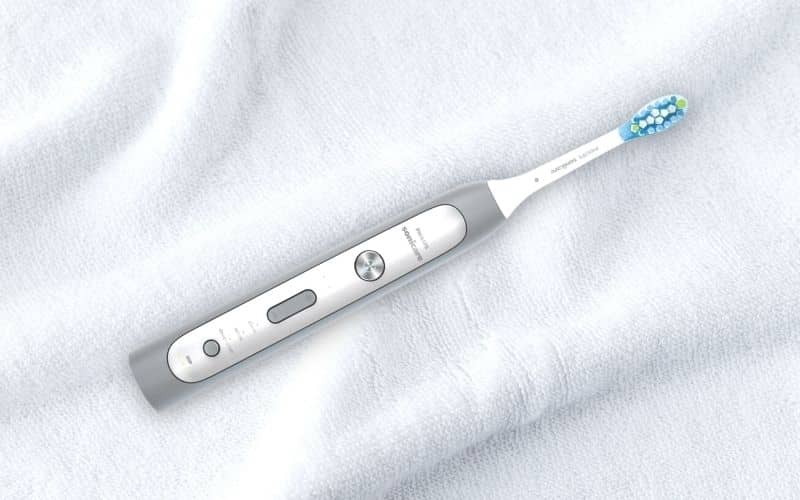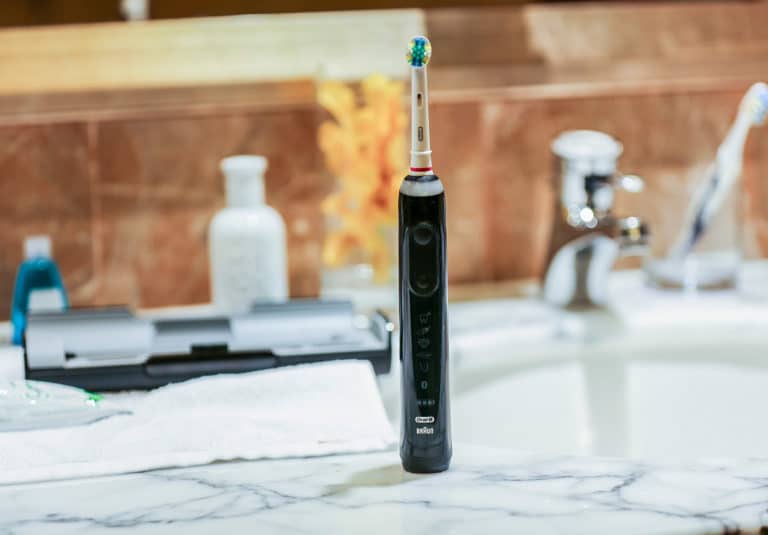Are Philips Sonicare Toothbrushes Waterproof?

A lot of people ask whether you can use Philips Sonicare toothbrushes in the shower or even if they are waterproof at all.
Philips Sonicare stated that their toothbrushes “are safe to use in the shower, and should be air-dried between uses.” However, even these electric toothbrushes work well in the shower, they are not completely waterproof and should not be fully submerged in water (like in a swimming pool).
After using your toothbrush in the shower, follow these steps to keep everything safe.
- Rinse off the toothbrush from any germs or toothpaste.
- Pat the toothbrush dry with a towel.
- Do not charge your toothbrush.
- Let the toothbrush air dry on a towel for around 24 hours before charging.

Warning:
Only the toothbrush is allowed to get wet. The charger or the charging case should not be in contact with water.
There are warnings in the manual not to allow the charger or the charging case to come into contact with water.
If you want to use your Sonicare toothbrush in the shower or bath, you should ensure that it is 100% dry before you store it because moisture can damage the sensitive internal components of the Sonicare toothbrush.
The problem with a Sonicare toothbrush or any other kind of electric toothbrush which has an electronic circuit board built inside it is the risk that they will be damaged by getting wet.
Table of Contents
Maintaning your toothbrush
Most people don’t realize that their toothbrush is one of the most important tools in maintaining dental health. The brushes should be rinsed thoroughly before each use.
If you want to make your toothbrush last longer, here are some tips you should consider.
Replace Your Toothbrush Head

Philips Sonicare toothbrush heads should be replaced every six months. This is because the bristles that come with a Sonicare brush lose their effectiveness over time and need to be replaced.
However, with proper care, it can last a bit longer than that.
Remove plaque germs from bristles
It’s important to keep your brushes clean because you can pass on germs and bacteria from your mouth when you go to brush your teeth. Here are 2 ways you can keep your toothbrush clean and germ-free.
1. Soak in Mouthwash
The easiest way to clean a toothbrush is by soaking in mouthwash.
- Fill up a cup with mouthwash.
- Submerge the bristles, best to take of the toothbrush head.
- After 10 minutes rinse off thoroughly under water.
2. UV Sanitizer
To enjoy the benefits of Germ Shield Technology, simply place your toothbrush bristles facing down on the door. Gently close the little door for a sanitizing cycle. This is more powerful than the mouthwash cleaning method.
If your charger comes in contact with water
1. You should immediately unplug the power adapter from the wall and check that all of its internal components are dry before you put it away.
2. If they are wet, you should ensure that it is fully dry before you use it again.
3. If your Sonicare toothbrush does not appear to be drying then place it on a towel.
4. If it doesn’t function, then take it to an authorized Philips Sonicare service agent as soon as possible.
5. If moisture has got inside your Sonicare toothbrush, you should not use it until it’s dry or repaired.
The best way to think about it if you want to avoid damage is to do as Philips suggests and only use your toothbrush for a few minutes every day. Don’t use it all the time and make sure that you always charge them up properly before you put them away so they are not at risk of becoming damaged.

